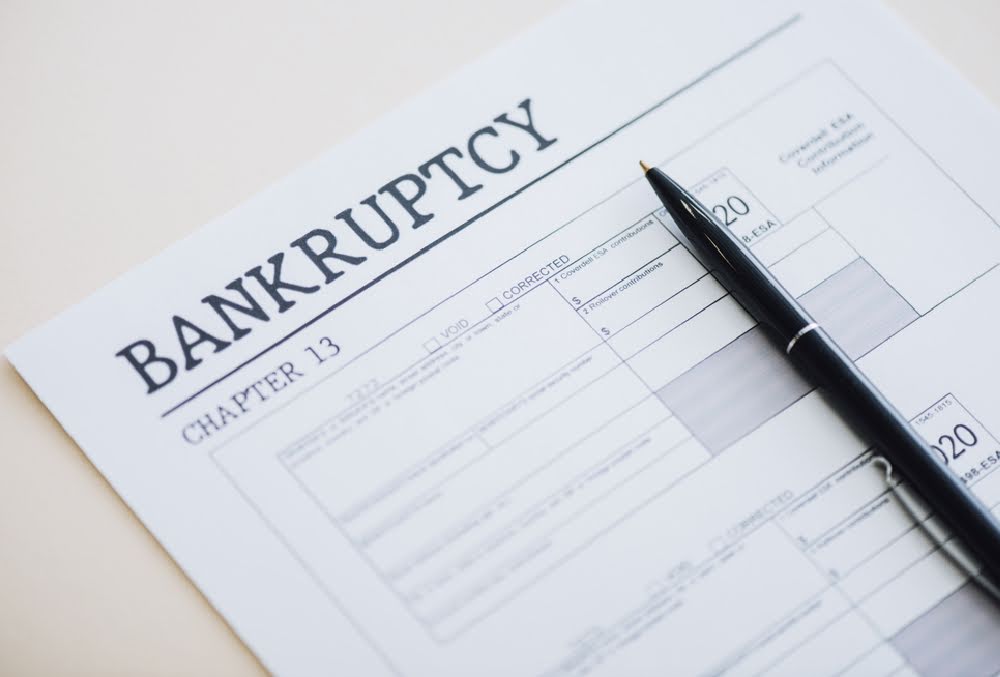Filing for bankruptcy is a significant financial decision that involves various costs which can vary depending on the type of bankruptcy filed, the complexity of the case, and the jurisdiction. Below is an overview of the typical costs associated with filing for bankruptcy in the United States, focusing on the two most common types: Chapter 7 and Chapter 13.
Chapter 7 Bankruptcy: Liquidation
Chapter 7 bankruptcy is designed for debtors in financial difficulty who do not have the ability to pay their existing debts. It typically involves the liquidation of the debtor’s assets to pay off creditors.
Filing Fees:
The filing fee for a Chapter 7 bankruptcy is approximately $338. This fee is mandatory, but in cases of severe financial hardship, the court may allow it to be waived or paid in installments.
Attorney Fees:
Legal representation in Chapter 7 cases is highly recommended, though not mandatory. Attorney fees can vary widely depending on the region and the complexity of the case. On average, they range from $500 to $3,500. It’s essential for debtors to shop around and perhaps negotiate fees with their attorney.
Credit Counseling:
Before filing for bankruptcy, debtors must complete credit counseling from an approved agency, which typically costs between $20 to $50. Some agencies may waive this fee based on the debtor’s income level.
Chapter 13 Bankruptcy: Reorganization
Chapter 13 bankruptcy allows debtors to keep their property and repay creditors out of their future income. This type of bankruptcy is suitable for individuals with a regular income.
Filing Fees:
The filing fee for Chapter 13 bankruptcy is about $313. As with Chapter 7, this fee can sometimes be paid in installments or waived.
Attorney Fees:
Attorney fees for Chapter 13 bankruptcy are generally higher than for Chapter 7 due to the complexity of the payment plan involved. These fees can range from $1,500 to $6,000, though they may be included as part of the repayment plan. Fees should be discussed upfront with the attorney and may vary by jurisdiction.
Additional Costs:
In both Chapter 7 and Chapter 13 bankruptcies, there may be additional costs for financial management courses, required by the court after filing. Additionally, if a debtor needs to obtain copies of financial documents, such as tax returns or property appraisals, there might be extra charges.
Factors Affecting Cost
The total cost of filing for bankruptcy can vary significantly based on several factors:
Complexity of the Case: More complex cases involving significant assets, creditor disputes, or unusual legal issues will likely result in higher attorney fees.
Geographical Variation: Costs can vary widely between different regions and even between urban and rural areas.
Additional Legal Services: If extra legal services such as fighting a foreclosure, dealing with lawsuits from creditors, or complex negotiations are required, costs can increase.
Filing for bankruptcy is a personal decision that should be made after careful consideration of financial situations and potential alternatives. It’s advisable to consult with a bankruptcy attorney to get a clear understanding of the potential costs and benefits for your specific circumstances. Remember, the goal of bankruptcy is to provide a fresh start from overwhelming debt, and understanding all associated costs is critical in planning for a more stable financial future.
Additional Considerations When Filing for Bankruptcy
While the costs associated with filing fees and attorney’s fees are the most substantial, several other factors can influence the overall expense of declaring bankruptcy. Here’s a deeper look into some additional considerations:
Required Documents
The preparation of a bankruptcy filing requires various documents, including recent tax returns, pay stubs, property deeds, car titles, and information about debts and creditors. If you need to request copies of these documents or secure official copies from government offices, there could be small fees associated with each.
Trustee Charges
In Chapter 7 bankruptcy, a trustee is appointed to oversee the case. The trustee’s expenses, which can include administrative fees, asset handling, and sale costs, are typically covered by the bankruptcy estate. However, these costs can indirectly affect the total amount of debt relief the debtor receives.
Converting Between Chapters
If circumstances change and a debtor needs to convert their case from Chapter 13 to Chapter 7, or vice versa, additional filing fees may apply. This conversion can complicate the bankruptcy process and potentially lead to increased legal fees.
Adversary Proceedings
Sometimes, creditors challenge the dischargeability of a debt through an adversary proceeding. If this happens, a debtor will likely incur additional legal fees to handle the litigation, significantly increasing the cost of bankruptcy.
Planning for Bankruptcy Costs
Considering these potential costs, it’s vital for individuals thinking about filing for bankruptcy to plan accordingly:
Budgeting for Bankruptcy: Set aside funds for both expected and unexpected costs associated with filing for bankruptcy. This includes saving for attorney’s fees, filing fees, and any additional courses or legal challenges that may arise.
Free Consultations: Many bankruptcy attorneys offer free initial consultations. These can be a valuable resource to understand more about the bankruptcy process and get an estimate of what your particular case might cost.
Legal Aid and Pro Bono Services: For those who cannot afford an attorney, legal aid societies and pro bono services may be available. These organizations provide free legal assistance to people based on income qualifications.
Psychological and Social Costs
The decision to file for bankruptcy also comes with psychological and social considerations. The stigma of bankruptcy, while lessening, can still affect personal and professional relationships. Moreover, the impact on one’s credit score and future ability to obtain loans or credit can be substantial and lasting.
Long-Term Financial Planning
Finally, it’s crucial to view bankruptcy within the broader context of long-term financial planning.
Bankruptcy can offer a fresh start and a pathway out of debt, but it’s just the beginning of rebuilding one’s financial stability. Financial education, careful budgeting, and strategic financial planning are essential to make the most of a bankruptcy discharge and avoid future financial difficulties.
By thoroughly understanding all costs—monetary, legal, and personal—associated with filing for bankruptcy, individuals can make informed decisions that align with their financial goals and personal circumstances.






